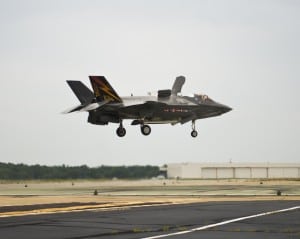
Delays in Joint Strike Fighter software development and testing may delay the Marine Corps variant of the F-35 from reaching initial operational capability in July 2015 and could even delay the Navy and Air Force variants and increase the cost of the overall program, the Government Accountability Office concluded in a March 24 report. “Since the F-35 program restructuring was completed in March 2012, acquisition cost and schedule estimates have remained relatively stable, and the program has made progress in…













